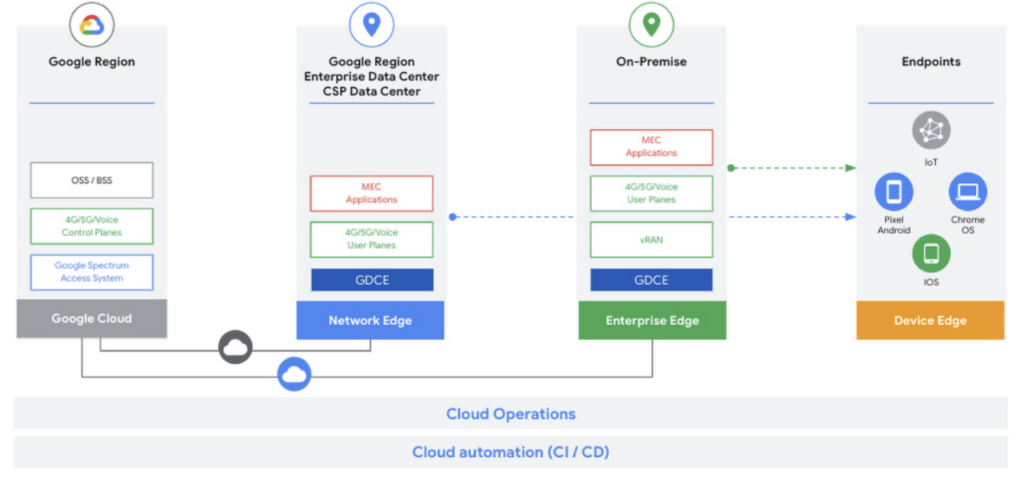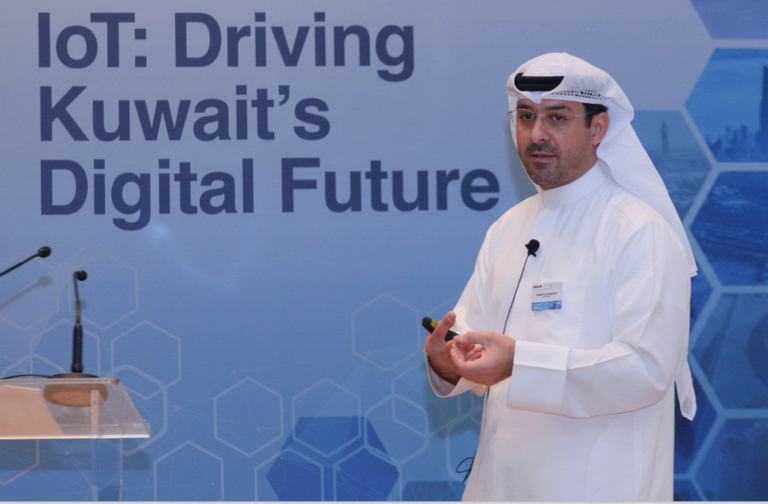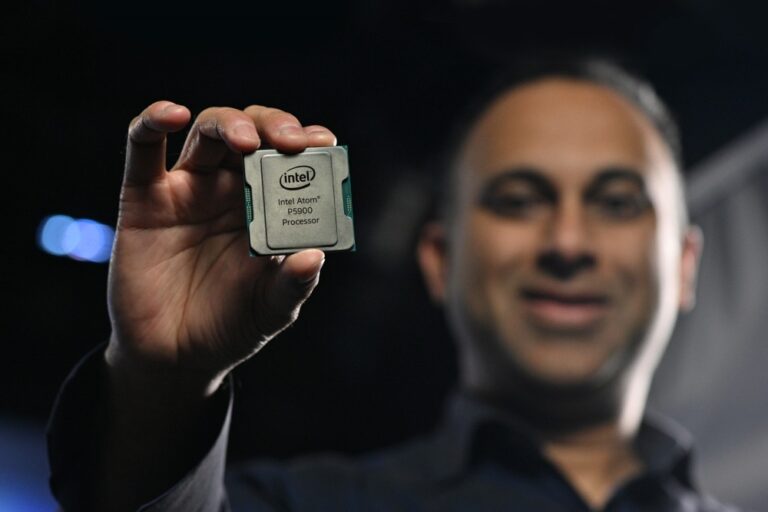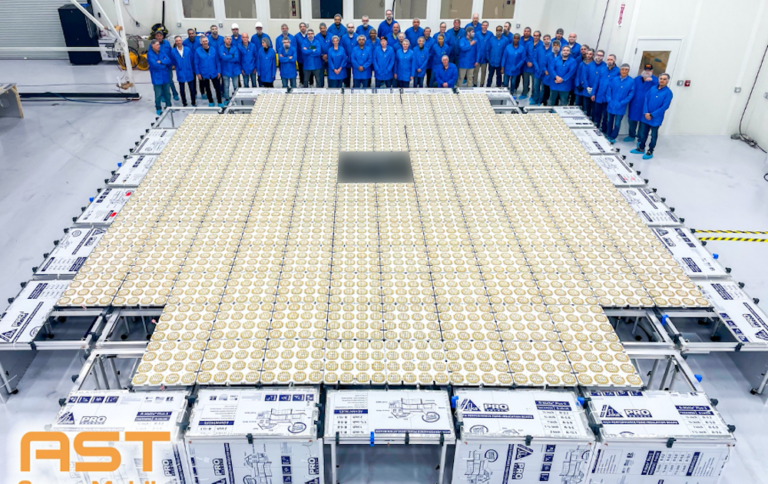It claims the solutions address the performance, service-level, and economic needs of key industry verticals – in direct competition with Ericsson, Nokia, AWS and others
Google has announced a new private networking portfolio which is intended to accelerate adoption of private cellular networks. It says existing solutions like WiFi aren’t up to the job of supporting industry-specific workloads, IoT and other connected devices. This is due to its inability to deliver connectivity, control and scalability, plus WiFi’s tendency to be noisy and inconsistent both in terms of latency and bandwidth.
Obviously, Google’s view is that private networks can fix all these issues and complement WiFi, while improving security, lowering costs and reducing energy consumption.
The trouble is that so far, while many enterprises have been experimenting with private networks operating and scaling them remains challenging, but the new portfolio, built upon Google Distributed Cloud (GDC) Edge and “new key partnerships” means “customers can…adopt turnkey, private network solutions with the flexibility to deploy management, control, and user plane functions both in the cloud and at the edge”.

Launch partners include:
- Betacom will deploy its managed private wireless service, 5G as a Service (5GaaS), on GDC Edge, giving enterprises access to 5G networks designed, deployed and managed to support new intelligent manufacturing applications.
- Boingo Wireless will deploy its managed, end-to-end private cellular networks for enterprise customers using GDC Edge at airports, stadia, hospitals, manufacturing facilities, and US military bases.
- Celona’s 5G LAN solution automates roll-out of private cellular networks that are tightly integrated with existing security and app QoS policies. Celona’s 5G LAN network operating system can also be deployed as a resource within GDC Edge, with the aim of speeding adoption of private networks.
- Crown Castle owns and operates communications infrastructure, including wireless infrastructure and fibre networks, that serves network operators, enterprises, and the public sector. It seeks to enable the next wave of deployments with partners leveraging GDC Edge for private network deployments.
- Kajeet will deploy its 5G solution on GDC Edge to connect students and communities with safe, simple, and secure high-speed wireless internet to address the digital divide.
Several countries including the ncluding the US, UK, Germany, Japan, and South Korea allocate spectrum for private networking, and CSPs have spectrum that can be extended for private use as well.












